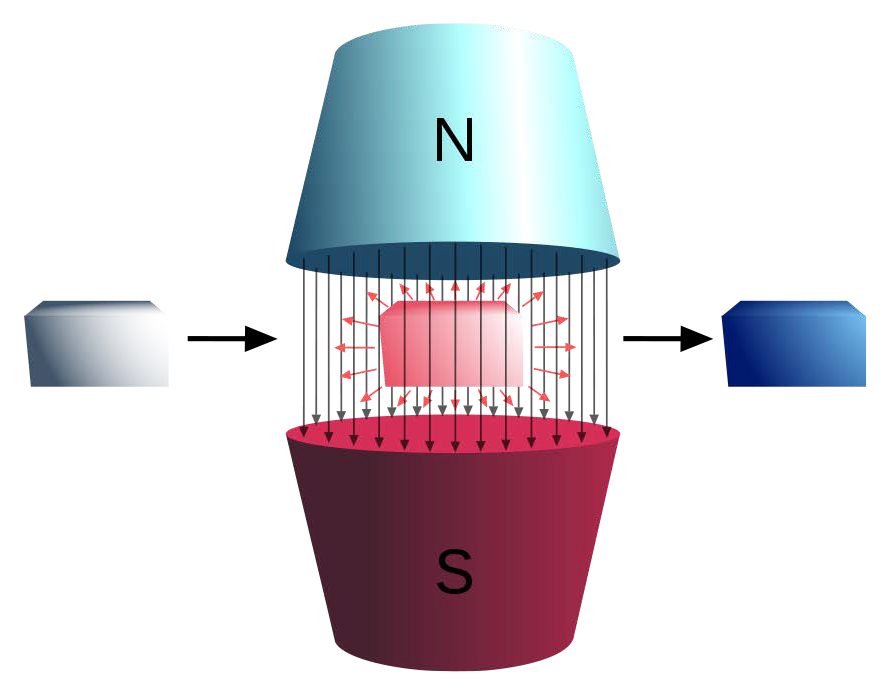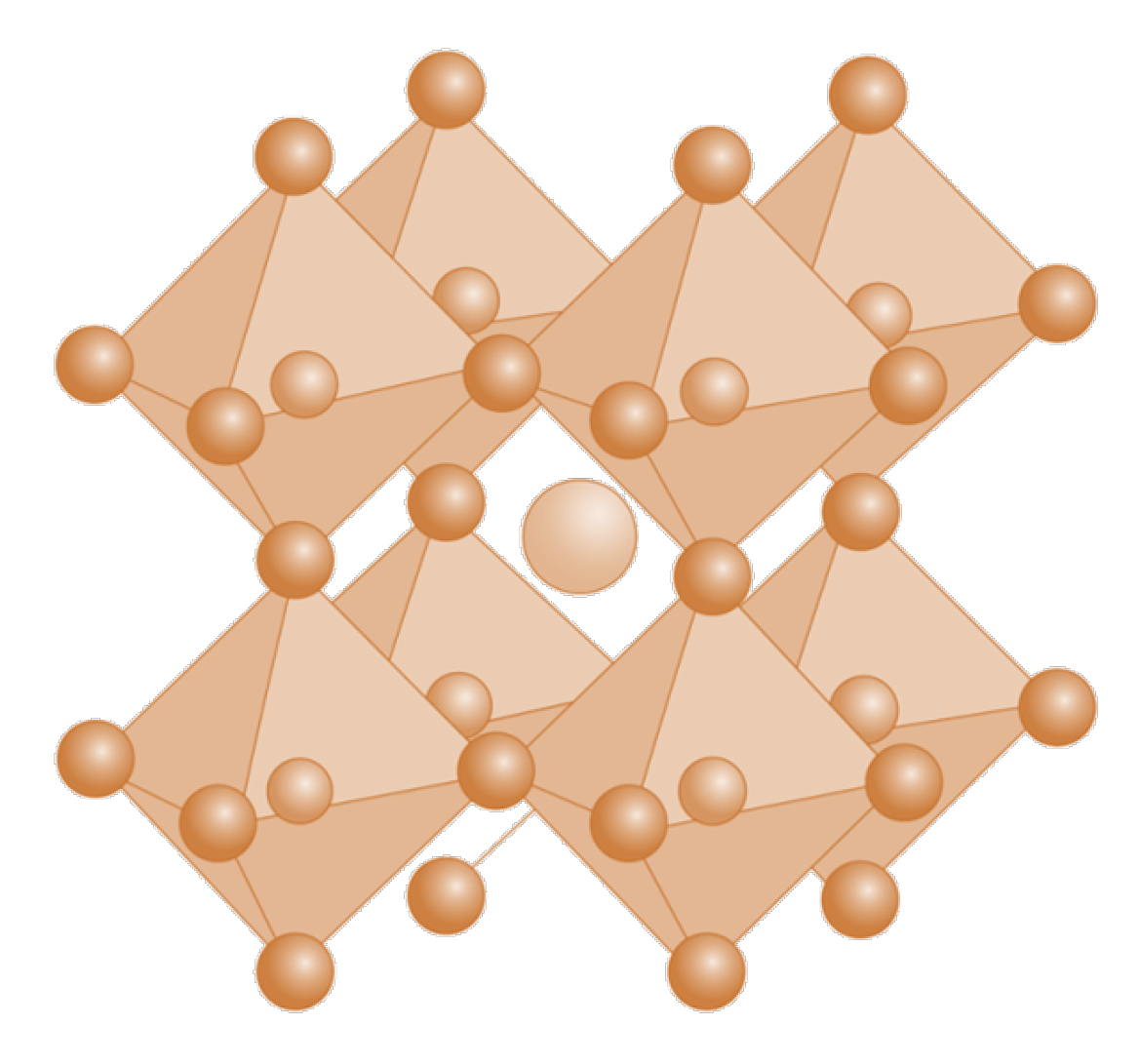Magnetocaloric Materials
High Efficiency Cooling
Refrigeration and Cooling with LCMO
Virginia Commonwealth University researchers have developed a material for the improvement of cooling systems. Manufacturers of appliance, home/business, and computer cooling can take advantage of this material to improve cooling in their units by over 30%. The material is comprised of LCMO and produced in a unique way to improve the efficiency and usability compared to other magnetocalorics. The technology can be readily incorporated into existing systems and easily transitioned to the marketplace. VCU is seeking market insights on commercialization of this new material and manufacturing technology. We welcome interest from potential producers, users, and licensees.

The technology
The technology is designed to remove heat from systems without the need for gas pollutants used in traditional systems. The technology uses a well-established manufacturing method to produce LCMO pellets that increase efficiency by over 30% compared to traditional gas compression. Magnetocaloric materials improve upon traditional cooling systems by reducing the number of potential failure points, reducing system size by 25-35%, and increasing the overall efficiency. LCMO improves upon existing magnetocalorics further by having an operational range near room temperature, using lower cost materials, and being able to better disburse heat. LCMO reduces cost by up to 50% compared to similar low cost magnetocaloric materials.
Currently in the US, HCFC refrigerants are due to be phased out starting 2020 with complete change over after 2030. Magnetocalorics are currently the only viable solid state alternative. Overall the refrigeration market is due to grow at the rate of $6-8B per year to over $20B by 2022.

